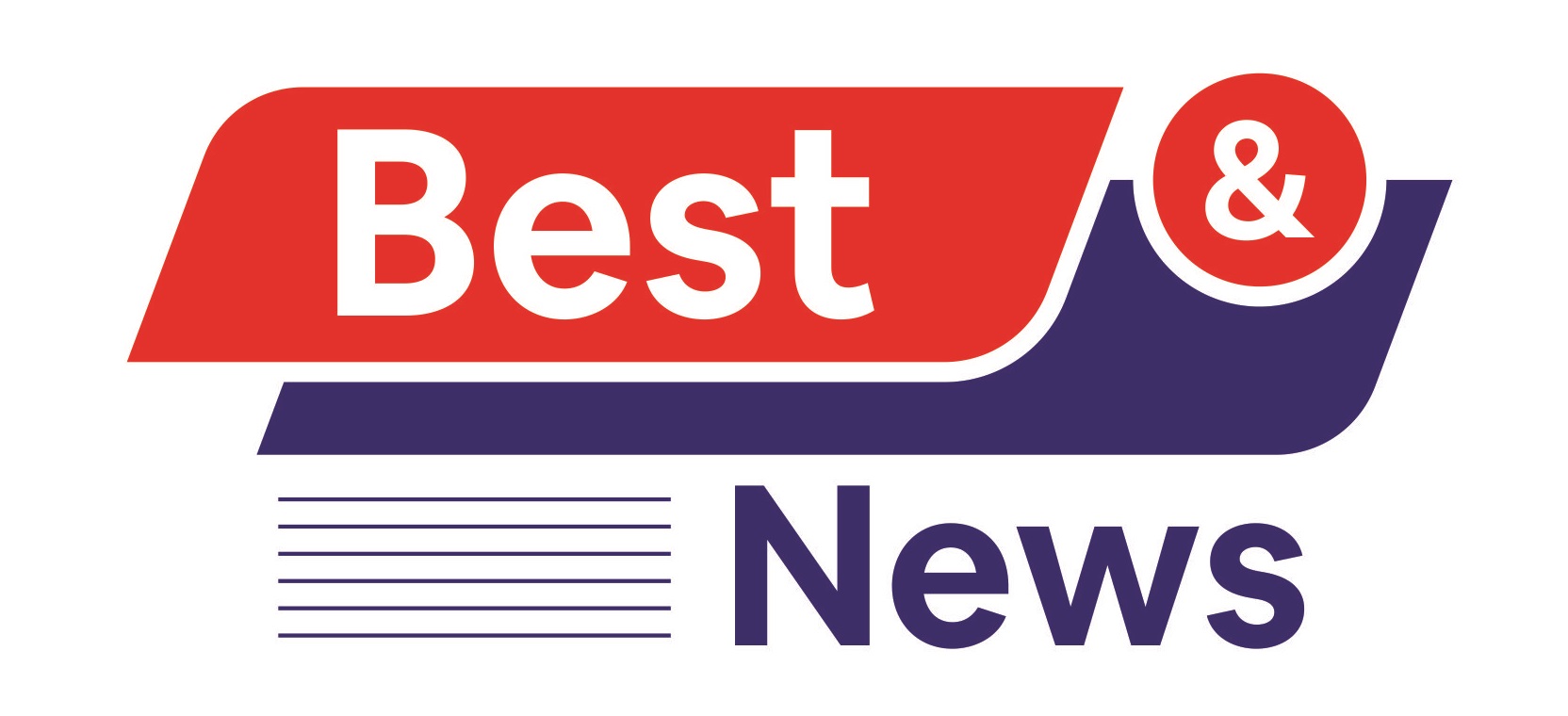The advent of technology has led to an unprecedented revolution in the education sector. Teachers, learners, and administrators continually adapt to an ever-changing learning landscape.
The online learning environment can seem challenging, but it offers immense opportunities for innovation and engagement. An effective strategy facilitates a smooth transition from traditional classroom teaching to online teaching.
Here are some practical ways to prepare for an online semester, including tips for designing a captivating Google Classroom header.
Familiarize yourself with the technology
Embracing technology is the cornerstone of conducting a successful online semester. The first step is to familiarize yourself with the platform you’ll be using, such as Google Classroom, Zoom, or Microsoft Teams.
Get to know the features of these platforms inside out. Understand how to share documents, create breakout rooms, or mute students when needed. Familiarity with these functionalities will allow for a smooth online teaching experience.
Furthermore, understand the common issues you may encounter and how to troubleshoot them. It’s worth noting that each platform has its unique set of features and advantages. Therefore, choose the platform according to your teaching style and course requirements.
Design a custom google classroom header
The aesthetics of your online classroom significantly contribute to student engagement. One of the ways to make your classroom visually appealing is by designing a custom Google Classroom header.
A well-designed header not only adds a dash of color and vibrancy but can also be a handy tool for sharing critical information. You can use the header to highlight important dates, reminders, or updates about the course.
Moreover, the header allows you to showcase your creativity and personal style. It allows you to craft an ambiance that reflects the spirit and ethos of your course, thereby making the virtual classroom feel more personal and welcoming.
Create a clear communication plan
In online learning, communication is more important than in traditional classrooms. Without face-to-face interaction, creating a clear communication plan becomes paramount.
Establishing communication guidelines ensures that students know how and when to contact you. It includes setting up ‘office hours’ for individual discussions or resolving queries. Also, determine a response time so students know when to expect to hear back from you.
Choosing a platform where students can interact, engage in peer discussions, and ask questions is essential. It could be a forum embedded within the learning management system, a dedicated chat channel, or a time for a live Q&A session.
Develop engaging content
Creating engaging content is crucial for an online semester. It means using various media formats such as presentations, videos, podcasts, and interactive quizzes.
Keep in mind that different students have different learning styles. Some may prefer textual content, while others find visual or auditory content more engaging. Try to cater to these various preferences by including diverse types of content.
Furthermore, interactivity is vital in an online environment. Encourage active learning by including polls, quizzes, or discussion prompts within your content. The more interactive and engaging your content, the more likely students will stay motivated and participate actively.
Plan and practice your lessons
Just as in traditional teaching, planning is paramount in online teaching. Develop detailed lesson plans, clearly stating learning objectives for each lesson. It helps you stay organized and allows students to know what to expect.
Furthermore, teaching online requires a different approach compared to in-person teaching. It’s highly beneficial to run a mock lesson before going live. It will help you identify potential issues, gain familiarity with the pacing of online teaching, and understand how to best interact with students in this new environment.
Provide regular feedback
Constructive feedback can significantly enhance the learning process in an online environment. It helps students identify areas for improvement and acts as a motivator. Therefore, providing regular feedback on assignments, discussions, and other class activities is essential.
The feedback should be constructive, specific, and timely. It’s also essential to remember that feedback isn’t just about pointing out mistakes or areas of improvement. Positive reinforcement, recognizing and commending good work, is just as essential and can significantly contribute to student motivation.
Conclusion:
Preparing for an online semester requires a blend of technical insight, creativity, and effective communication. As you transition into this new teaching environment, remember to leverage technology to create engaging student experiences.
From designing an engaging Google Classroom header to providing regular feedback, every effort you make towards enhancing your online teaching will significantly impact your students’ learning journey. Enjoy the process and embrace the challenges and opportunities of online teaching.

